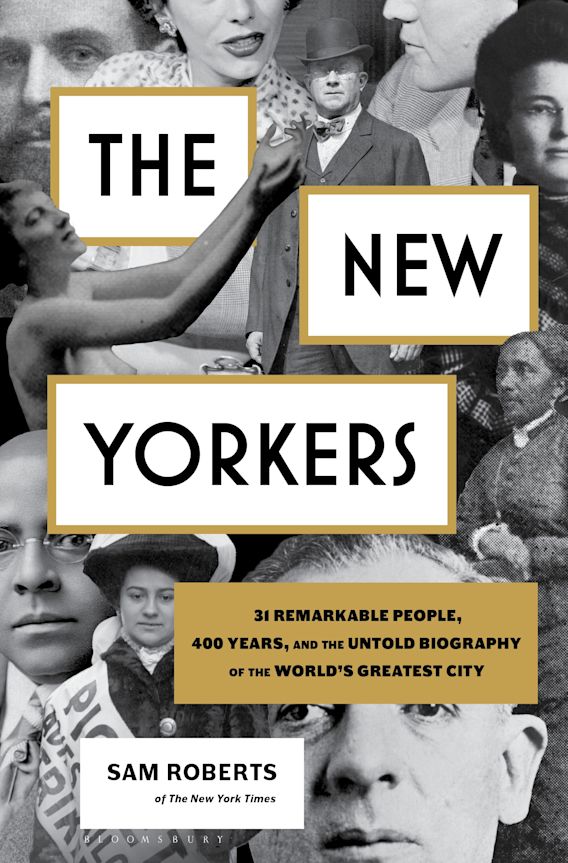Many people consider New York City to be the greatest city in the world — mostly New Yorkers. Regardless of personal preferences, there is no doubt New York is a significant cultural center. On the eve of the city’s 400th anniversary, author Sam Roberts chose to tell the history of the city through 31 people who left their mark on the metropolis.
Starting with the Dutch colonial founding to the neighborhood fight for the Brownsville neighborhood, the highlighted individuals made significant impacts on the city and their influence is still seen, even if their name is not remembered.
About half of the subjects were familiar to me so I was especially interested in learning about the unknown. One of my favorites was Audrey Munson, a famous beauty and model who posed for dozens of statues that still stand around New York.
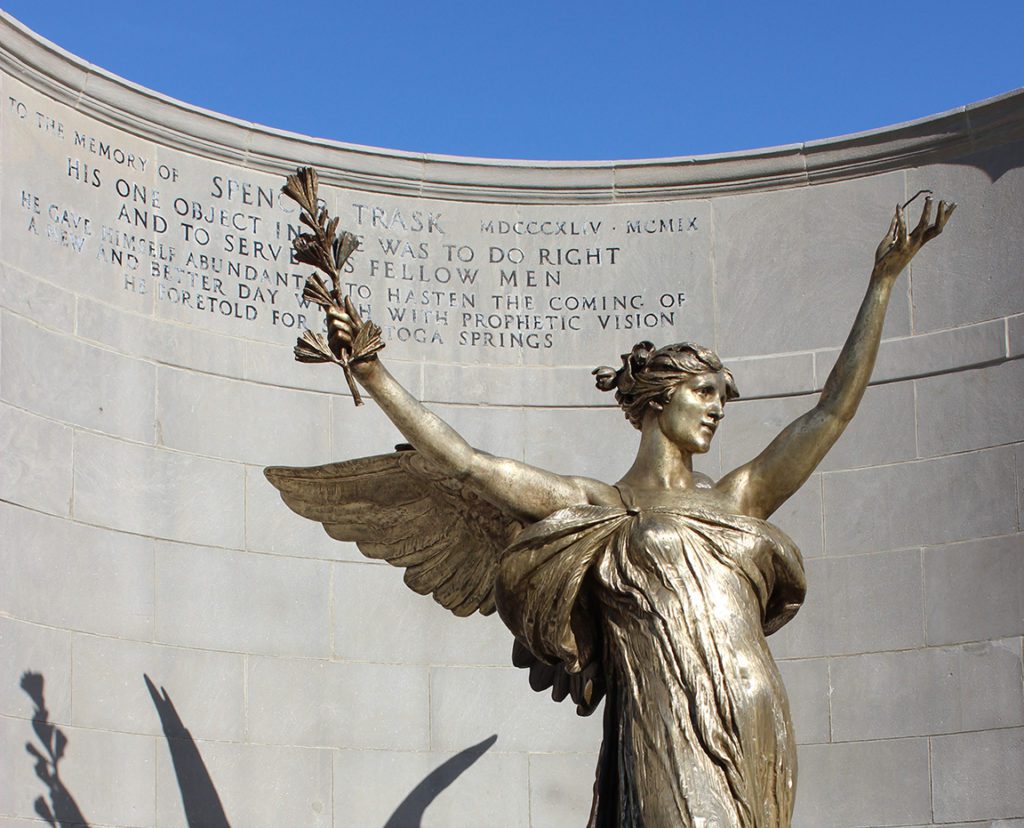
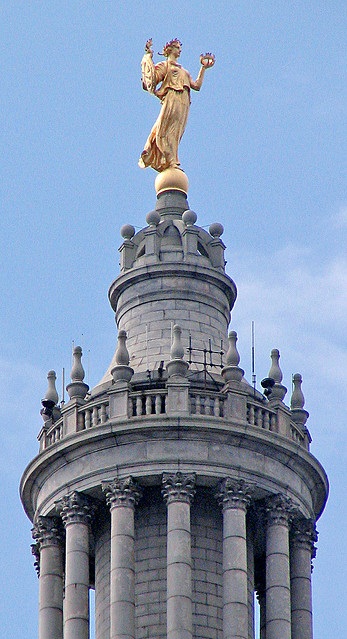
Audrey Munson, the small-town teenager whose porcelain features and sublime figure recast America’s mores and catapulted her to instant recognition after her own more visible talents were discovered fortuitously, if randomly, in Midtown. … From a dozen or more granite, marble, bronze, and copper monuments all over Manhattan, Munson’s face still stares inscrutably, but incognito — her name and her own ephemeral fame all but forgotten. ~Pg. 224
At the absolute height of the Gilded Age, the Bradley Martins were at the absolute height of their influence. And when the Panic of 1897 set in, those in the extreme upper echelon were insulated from the deprivations and instability everyone else had to endure. Cornelia Bradley-Martin decided the solution was to support hoteliers, florists, couturiers and others by holding a fancy dress ball. She seemingly did not see how insulting a display of debauchery would be to those who couldn’t find a meal or a warm place to sleep. One would think she would have learned from the same mistake Queen Victoria made to hold a massive ball to support the Spitalfields silk spinners.
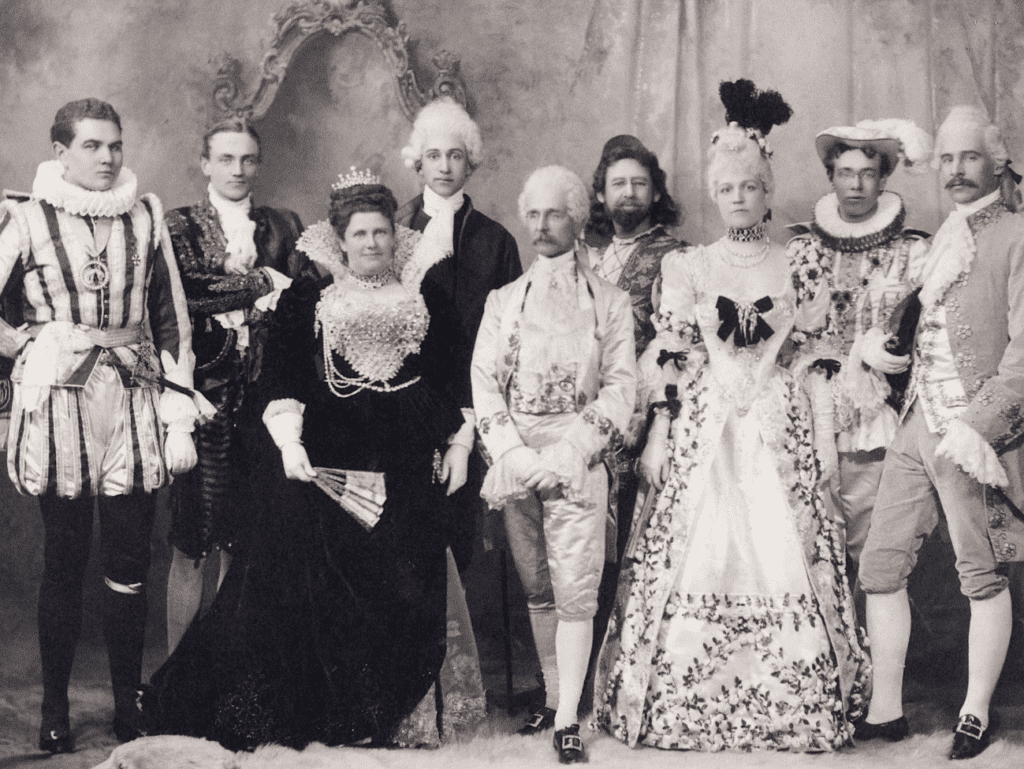
‘For Heaven’s sake, do no jeopardize, for the enjoyment of a few hours’ wanton waste of wealth, the permanence of the system that has made possible and makes possible the accumulation of this wealth. By the display of your wealth you will cause those whom you have despoiled to rise up and unhorse you.’ ~Pg. 161
Other entries include Charles Dowd, who formalized time zones around the train timetables; Anneke Jans Bogardus whose descendants still contest her land ownership to this day; Christian Harriot and the wandering pigs of the city; and Andrew H. Green, his murder, and the annexation of Brooklyn.
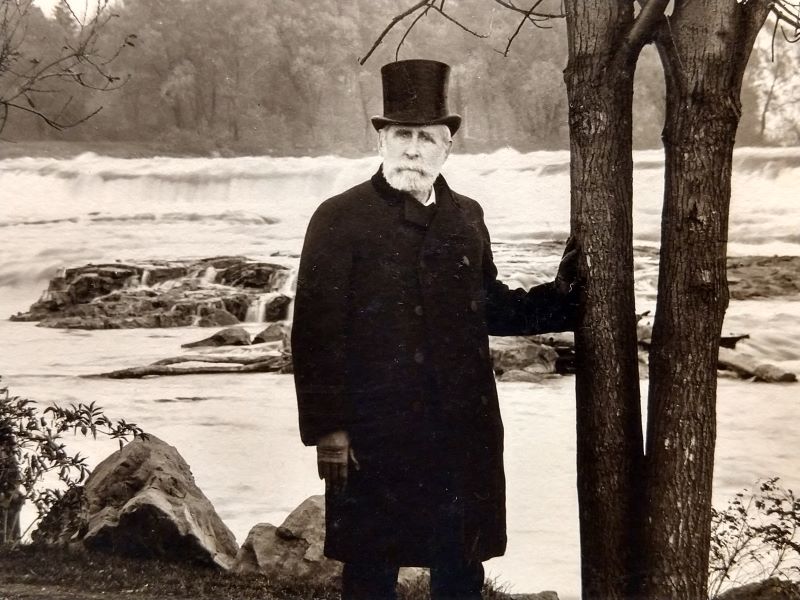
This book can easily be picked up and read in short sessions — or taken at once to watch the city morph in front of your eyes. Each chapter stands alone and gives plenty of context for the reader. The only thing the reader needs to bring is a sense of curiosity. It’s a heartfelt love letter to the author’s favorite city.
My thanks to Emily at Bloomsbury for the review copy.
Publisher: Bloomsbury Publishing (October 25, 2022)
Language: English
Hardcover: 384 pages
ISBN-10: 162040978X

